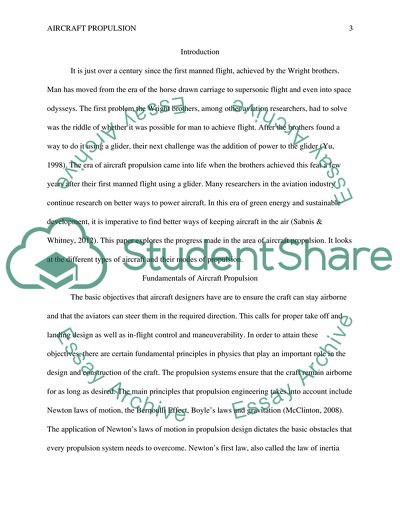Cite this document
(Aircraft Propulsion Research Paper Example | Topics and Well Written Essays - 2500 words, n.d.)
Aircraft Propulsion Research Paper Example | Topics and Well Written Essays - 2500 words. Retrieved from https://studentshare.org/miscellaneous/1776779-operating-characteristics-of-aircraft
Aircraft Propulsion Research Paper Example | Topics and Well Written Essays - 2500 words. Retrieved from https://studentshare.org/miscellaneous/1776779-operating-characteristics-of-aircraft
(Aircraft Propulsion Research Paper Example | Topics and Well Written Essays - 2500 Words)
Aircraft Propulsion Research Paper Example | Topics and Well Written Essays - 2500 Words. https://studentshare.org/miscellaneous/1776779-operating-characteristics-of-aircraft.
Aircraft Propulsion Research Paper Example | Topics and Well Written Essays - 2500 Words. https://studentshare.org/miscellaneous/1776779-operating-characteristics-of-aircraft.
“Aircraft Propulsion Research Paper Example | Topics and Well Written Essays - 2500 Words”, n.d. https://studentshare.org/miscellaneous/1776779-operating-characteristics-of-aircraft.


